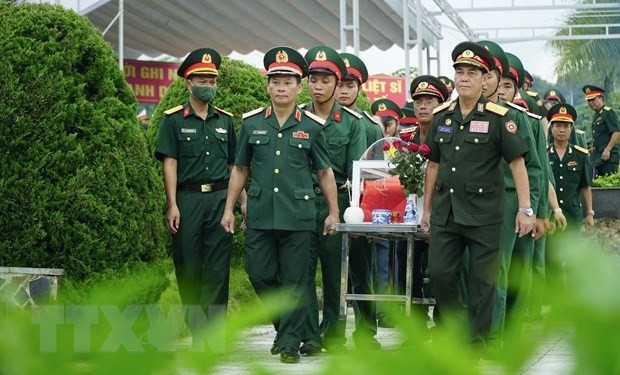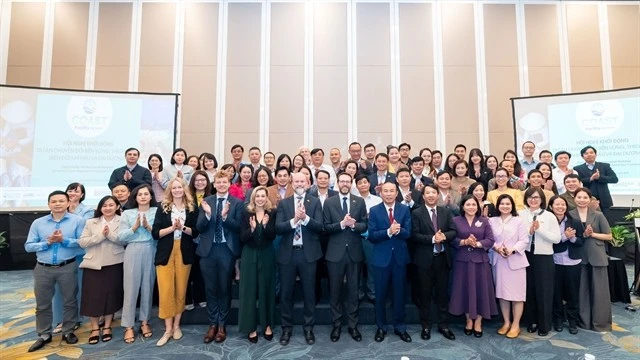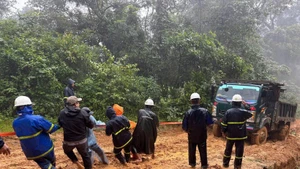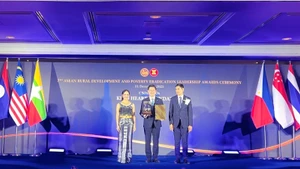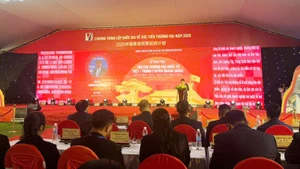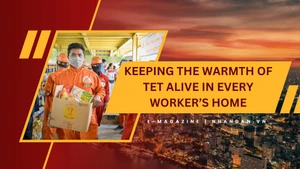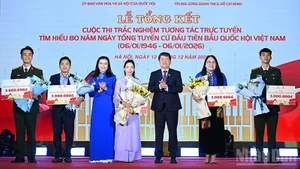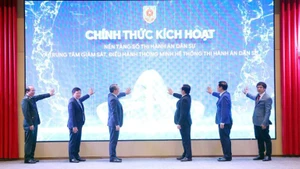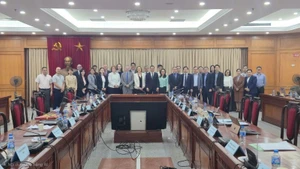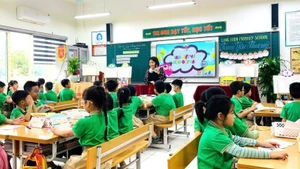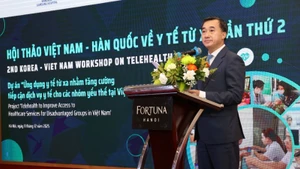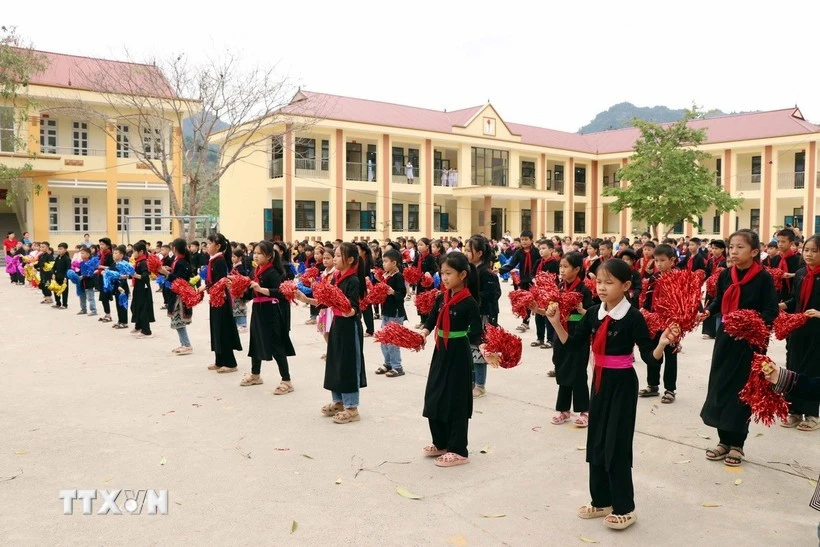Nearly 20,000 sets of remain repatriated in a decade
Activities to search, repatriate martyrs’ remains and identify their names have been carried out since during the war with the spirit of showing gratitude to the deceased.
A National Steering Committee for search, collection, repatriation, and identification of fallen soldiers' remains (Steering Committee 515) was set up to take charge of implementing a project to search and repatriate martyrs’ remains (Project 1237) and another to identify remains of unknown martyrs (Project 150).
Along with calling for support from organisations and individuals inside and outside the country, the country has expanded international cooperation to seek information, experience sharing and coordination in the work, both inside the country and in Laos and Cambodia.
Statistics showed that from 1975 to 1992, searching teams found and brought home 767,000 sets of martyrs’ remains.
In order to further speed up the work, in 2013, the Politburo issued a decree to strengthen the search and repatriation of martyrs’ remains. In 2018, the Prime Minister also released a decision on the completion of the organisation of the Steering Committee 515. Three years later, the PM issued another decision on the plan to search, repatriate and identify martyrs’ remains until 2030 and following years.
As a result, from 2013 to 2022, 19,357 sets of remains were found and repatriated, including 3,062 from Laos and 6,762 from Cambodia. In the period from 2017 to the end of 2022 alone, 9,793 sets of remains were found.
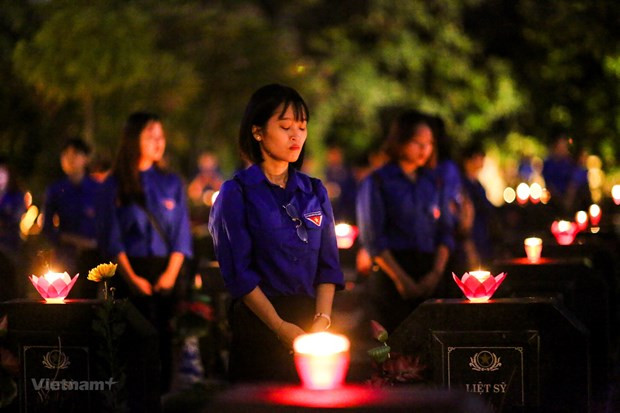 |
| Youngsters pay tribute to heroic martyrs (Photo: VNA) |
The Ministry of Labour, Invalids and Social Affairs (MoLISA) has identified 4,134 sets of remains in the period.
At the same time, the Ministry of Defence has transferred more than 843,000 dossiers of martyrs and the MOLISA, nearly 1.2 million dossiers of fallen soldiers and more than 300,000 dossiers of martyrs’ graves, to the Ministry of Information and Communications for building a national database on war martyrs.
Many localities have completed a map on martyrs’ remains search and repatriation at all levels, while seriously conducting the search for, repatriation and reburial of remains of martyrs.
Stronger efforts underway
Despite numerous efforts, the search, repatriation and identification of martyrs’ remains have faced many difficulties, mostly due to the huge number of missing martyrs and a lack of information.
Particularly, extreme weather conditions and tough terrains of Laos and Cambodia have posed obstacles to activities to find, dig and send home martyrs’ remains.
Currently, the remains of about 180,000 missing martyrs have yet to be found, while about 300,000 martyrs’ graves have not been identified.
In the context, the Party and State as well as relevant ministries and sectors have exerted great efforts to intensify the search and repatriation of martyrs’ remains, with careful and accurate surveys, especially on mass graves, and close management of searching areas.
Close coordination has been made among relevant forces, ensuring highest efficiency of the work, while high technologies have been applied in combination with biotechnologies to enhance the effectiveness of searching and indentifying work, while creative methods have been implemented to gather information of missing martyrs.
On March 31, 2023, the Veterans Association of Vietnam (VAV) Central Committee and the Steering Committee 515 signed a coordination programme in communications to encourage the provision of martyrs’ information to enhance the search and repatriation of martyrs’ remains in the 2023-2030 period.
Under Prime Minister’s Decision 1515/QD-TTg issued on September 14, 2021, until 2030, Vietnam aims to identify 20,000 sets of martyrs' remains through DNA analysis, and 60% of unknown martyrs’ graves in local cemeteries.
From 2031, the country will continue to search and repatriate martyrs’ remains and identify unknown martyrs' graves until there is no information of missing martyrs.
